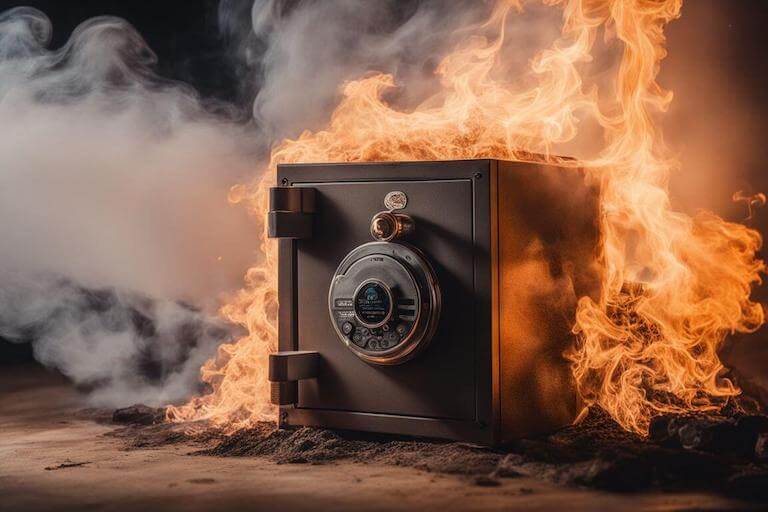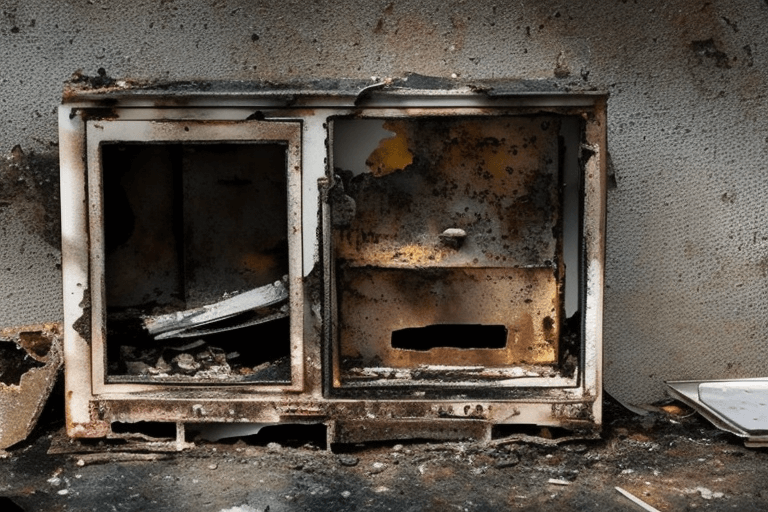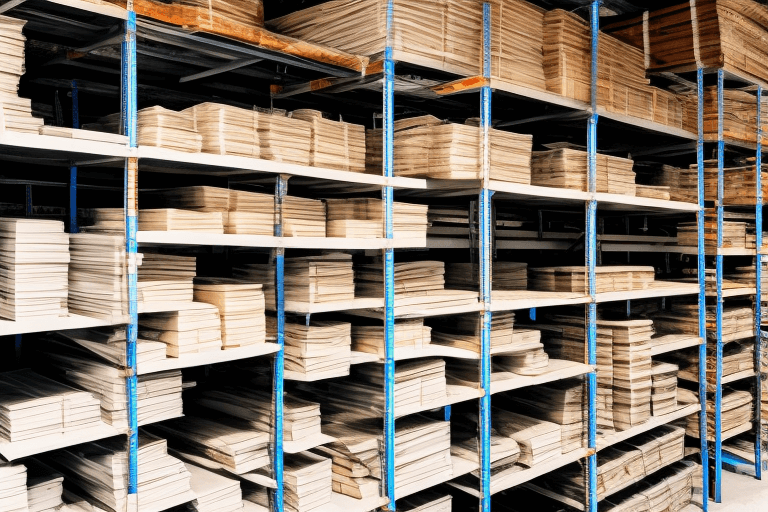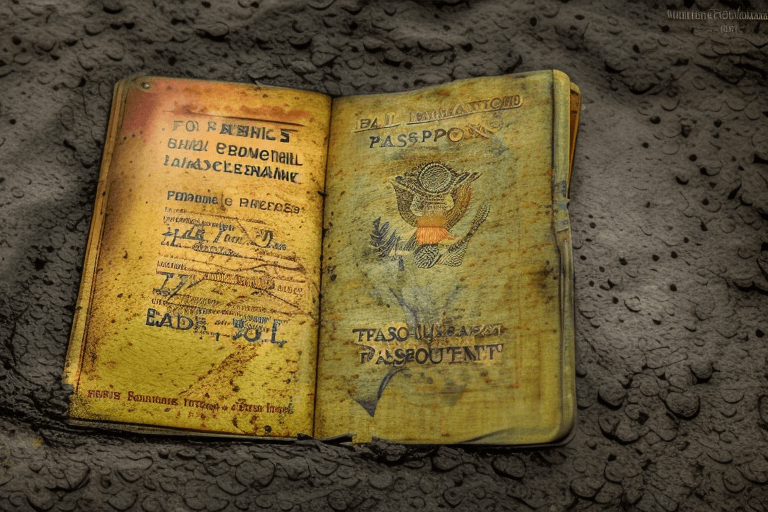
Safe Fire Ratings Explained: A Comprehensive Guide
Table of Contents
Fire safety is no laughing matter, especially when it comes to protecting your most treasured belongings. Surprisingly enough, not all safes offer the same level of protection from fire - they are graded on specific fire ratings.
This comprehensive guide will demystify these fire safe ratings and help you determine which one best meets your needs for safeguarding prized possessions against potential fire damage.
Here’s What You Need to Know:
- Fire ratings indicate the minimum length of time that the inside of a safe will stay below a given temperature in the event of a fire. For example, a 350 2-Hour rated safe will maintain an internal temperature below 350°F (176°C) for at least 2 hours.
- The significance of 350 degrees is that paper will char at around 387 degrees and can burst into flames at 451 degrees. Media like magnetic tapes, film, and digital memory drives can be damaged by temperatures higher than 125°F (52°C) and require suitably rated safes.
- Fire ratings can be issued by private testing laboratories or third-party rating agencies such as K.I.S, ETL-Intertek, or Underwriters Laboratories (UL). Third-party fire rated safes provide more assurance but will command a higher price tag. Just understand that not all fire ratings are created equal.
- Ratings indicate the minimum time of fire resistance, not maximum. The number represents the TESTED length of time; ultimately, they can survive much longer.
- When tested, safes are subject to temperatures 2 to 3 times hotter than an average fire, and for longer. Typically, a genuine fire will burn at around 800 to 1200 degrees and will burn everything around the safe, then move on.
- Most home fires in urban areas will be under control or extinguished within 20 minutes. Longer duration ratings should be considered in areas with slower response times, at risk of fire storms, or multiple story buildings where the fire can persist for longer.
Here at Guardian Safe and Vault, we sell fireproof safes with a minimum rating of 1 hour after being tested at a constant 1700-2000 degrees; much worse and much longer than the average fire.
What are the Different Fire Rating Tests?
Safes are awarded their ratings after tough fire tests, conducted either by Independent Testing Laboratories on behalf of manufacturers, or by respected third party rating agencies such as Underwriters Laboratories (UL), Korean Industrial Standards (K.I.S.) or ETL-Intertek where they face very high heat for set times anywhere from 30 minutes to 4 hours. They can also be subject to impact and explosion tests.
Fire Endurance Test
This test measures a safe's ability to protect its contents against intense heat over a set period. The procedure typically involves:
- Heating the Safe: The safe is placed in a furnace where the temperature is raised to a certain level, often around 1700°F (927°C), following a standardized curve that simulates a house fire.
- Cool Down Period: After the heating phase, the safe remains in the furnace as it cools to mimic the natural progression of a fire.
- Evaluation: The safe is opened, and the interior is examined for signs of heat intrusion and damage to the contents. The safe's rating will be based on the duration it can maintain an internal temperature below a critical threshold, usually around 350°F (177°C), to protect paper documents.
Explosion Hazard Test
An explosion hazard test for safes assesses the integrity of the safe's construction when subjected to a sudden high temperature, simulating an explosion due to a fire:
- Sudden Heat Rise: The safe is subjected to a rapid increase in temperature to approximately 2000°F (1093°C) for a short time to simulate the effect of a flash fire or explosion.
- Integrity Check: After the heat exposure, the safe is inspected for door blow-off or deformation that could compromise its contents.
Fire Impact Test
The fire and impact test combines elements of both fire resistance and physical endurance:
- Pre-heating: The safe is heated to a specific temperature for a certain time, as in the fire endurance test.
- Impact: While the exterior of the safe is still at a high temperature, it is dropped from a height onto a solid surface, typically replicating the fall through one or more floors of a burning building.
- Re-heating: After the impact, the safe is placed back into the furnace and heated again to ensure that it can still protect the contents after a fall.
- Content Evaluation: The safe is then cooled and opened to assess the damage to its contents.
Safes that pass these rigorous tests are given a fire-resistant rating, indicating the type of content they protect (e.g., paper, digital media), and for how long they can maintain protection under direct fire conditions.
Who Assigns the Fire Ratings?
Private Fire Rating Testing
Private Label Fire Testing is a process where a safe manufacturer contracts an Independent Testing Laboratory to evaluate their safe's ability to withstand specific fire rating time periods.
Of course, the standard of these tests can vary between manufacturers and there is less transparency compared to the standardized tests carried out by ratings agencies.
Underwriters Laboratories (UL) Fire Ratings
Underwriters Laboratories (UL) offers several different fire ratings for safes and other fire-resistant equipment. Based on rigorous testing, the UL Class of fire tests are considered some of the most comprehensive in the industry.
Here is a chart of common UL Fire Ratings and what they mean:
| UL Rating | Duration | Maximum Interior Temperature | Test Conditions & What It Means |
| UL Class 350 1-Hour | 1 Hour | 350°F (177°C) | The safe's interior won't exceed 350°F for at least one hour in a furnace with temperatures reaching up to 1700°F. Suitable for paper documents. |
| UL Class 350 2-Hour | 2 Hours | 350°F (177°C) | Similar to the 1-hour rating, but the safe's interior remains below 350°F for at least two hours under the same conditions. |
| UL Class 350 3-Hour | 3 Hours | 350°F (177°C) | The safe maintains an internal temperature below 350°F for three hours in the same fire conditions. |
| UL Class 150 1-Hour | 1 Hour | 150°F (177°C) | The safe maintains an interior temperature below 150°F and a humidity level less than 85% for at least one hour in up to 1700°F. Ideal for magnetic media. |
| UL Class 150 2-Hour | 2 Hours | 150°F (177°C) | The interior temperature remains below 150°F with humidity under 85% for two hours in the same fire conditions. |
| UL Class 125 1-Hour | 1 Hour | 125°F (177°C) | The interior temperature stays below 125°F and humidity below 80% for one hour in the furnace. Suitable for optical media, like CDs or DVDs. |
| UL Class 125 2-Hour | 2 Hours | 125°F (177°C) | The safe's interior doesn't exceed 125°F with humidity under 80% for two hours in fire conditions. |
Korean Industrial Standards (K.I.S.) Fire Ratings
The Korea Industrial Standards (K.I.S.) also provide a respected system of rating for fire-resistant safes, much like other international standards. These ratings are designed to evaluate how well a safe can protect its contents from fire.
While specific details can vary, generally, K.I.S. fire ratings are based on several factors, including:
Duration of Fire Resistance: This refers to the amount of time a safe can withstand high temperatures while keeping its internal temperature below a certain threshold, typically around 350 degrees Fahrenheit (about 177 degrees Celsius). K.I.S. ratings include durations such as 30 minutes, 1 hour, 2 hours, etc.
Maximum Temperature Tolerance: This involves the highest external temperature a safe can be exposed to while maintaining a safe internal temperature. K.I.S. tests might expose safes to extreme temperatures, often mimicking severe fire conditions.
Drop/Impact Resistance: Some K.I.S. ratings might also include an assessment of a safe's ability to withstand falls or impacts during a fire, such as when a floor collapses.
Explosion Resistance: This tests a safe's ability to endure sudden exposure to extremely high temperatures, simulating an explosion or flash fire.
These ratings typically vary in terms of fire endurance, with the most common ones being:
K.I.S. 30-Minute Fire Rating: Safes with this rating can withstand exposure to fire for approximately 30 minutes while keeping the internal temperature below a critical threshold, usually around 350 degrees Fahrenheit.
K.I.S. 1-Hour Fire Rating: Safes with a 1-hour fire rating can endure fire conditions for an hour without allowing the internal temperature to exceed the specified limit.
K.I.S. 2-Hour Fire Rating: Safes rated for 2 hours can protect their contents for an extended period, typically two hours, under extreme fire conditions.
K.I.S. 4-Hour Fire Rating: This rating indicates that a safe can maintain a temperature below the threshold for an impressive 4 hours, offering maximum fire protection.
The K.I.S. ratings are recognized for their rigor and are often used as a benchmark for fire resistance in safes and similar protective storage devices.
Other Recognized Organizations
Several organizations and standards bodies provide fire ratings for safes and fire-resistant storage devices. Other recognized organizations include:
- ETL-Intertek: Intertek, a multinational testing and certification company, conducts independent laboratory testing for various products, including fire safes. They offer fire ratings based on their test results.
- JIS (Japanese Industrial Standards): The Japanese Industrial Standards system includes ratings for fire-resistant safes and cabinets. These are used primarily in Japan.
- BS (British Standards): The British Standards Institute (BSI) provides fire safety standards and ratings for products, including safes. These ratings are commonly used in the United Kingdom and Europe.
- ISO (International Organization for Standardization): ISO provides international standards for various products and services, including fire-resistant safes. Their standards are recognized worldwide.
Not All Fire Safes are Created Equal
House fires can have many causes. Understanding the fire rating of any safe you purchase is crucial for protecting your belongings from the unexpected and devastating effects of fire. By knowing what these ratings mean and how they are determined, you can make an informed decision when choosing a fire safe.
Remember to look for reputable certifications like UL or K.I.S, consider the level of heat resistance and length of time, and ensure that the safe meets your specific needs based on what you will be storing.
With the right fire safe in place, you can have peace of mind knowing that your valuables are well-protected in case of a fire emergency.
Frequently Asked Questions
- What is a fire safe rating? A fire safe rating is a measure of how long a safe can withstand high temperatures and protect its contents from fire damage.
- How do I interpret the numbers in a fire safe rating? The numbers in a fire safe rating refer to the maximum internal temperature and minimum length of time the safe will maintain that temperature, in the event of a fire. For example, a 350 2-Hour rated safe will maintain an internal temperature below 350°F for at least 2 hours.
- What does UL mean in relation to fire safe ratings? UL stands for Underwriters Laboratories, an independent organization that tests and certifies products for safety standards including fire resistance. A UL certification ensures the reliability and accuracy of a fire safe's rating.
- Can any type of belongings be protected by all types of fire safes? No, different types of belongings may require specific features or protection levels provided by different types of fire safes. It's important to consider factors such as temperature sensitivity and size when selecting a suitable fire-safe option.
- Are all fire safes waterproof as well? No, not all fire safes are waterproof. Waterproofing capability varies among different models and manufacturers, so it's essential to check if additional water resistance is required for your specific needs before purchasing a particular model or brand.



